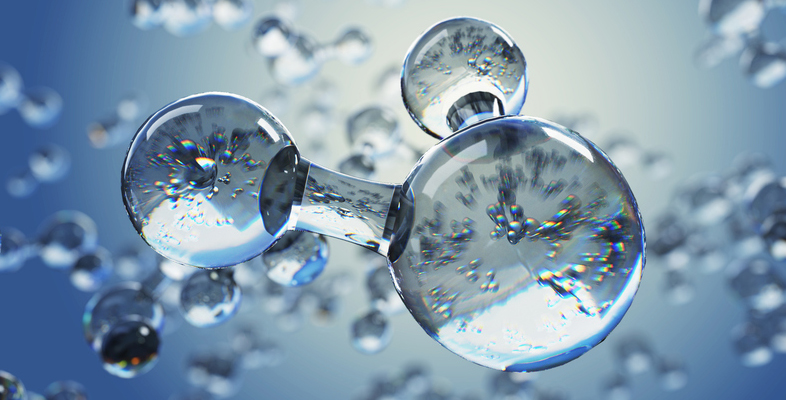1.5 Ions
Now let’s look at electrical charges associated with atoms.
Why is an atom neutral?
Answer
The number of positively protons in the nucleus is balanced by the number of negatively charged electrons orbiting it.
However electrically charged versions of atoms do exist – these are ions. And as you’ll see later, molecules can also form ions.
Take, for example an atom of lithium.
When it forms compounds (Session 2), lithium exists as lithium ions, represented by Li+.
These are positively charged species formed by the removal of an electron from the lithium atom. Taking away an electron means there is an overall positive charge on the species as the positive charge of the nucleus is now greater than the negative charge due to the electrons.
Does the mass number change on forming Li+?
Answer
No the composition of the nucleus is unchanged, you are just taking away an electron – remember these are located outside the nucleus.
These positively charged ions are referred to as cations.
However elements can also form negative ions known as anions, where electrons have been added to the neutral atom, giving and extra negative charge. For example chlorine (Cl) forms the so-called chloride anion (Cl-), and oxygen (O) forms the oxide anion (O2-). In the latter case two electrons have been added to the oxygen atom to give an overall 2- charge.
